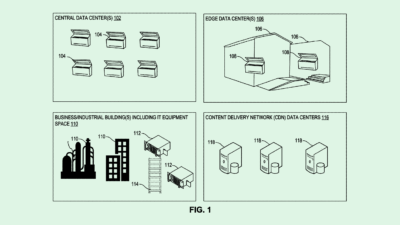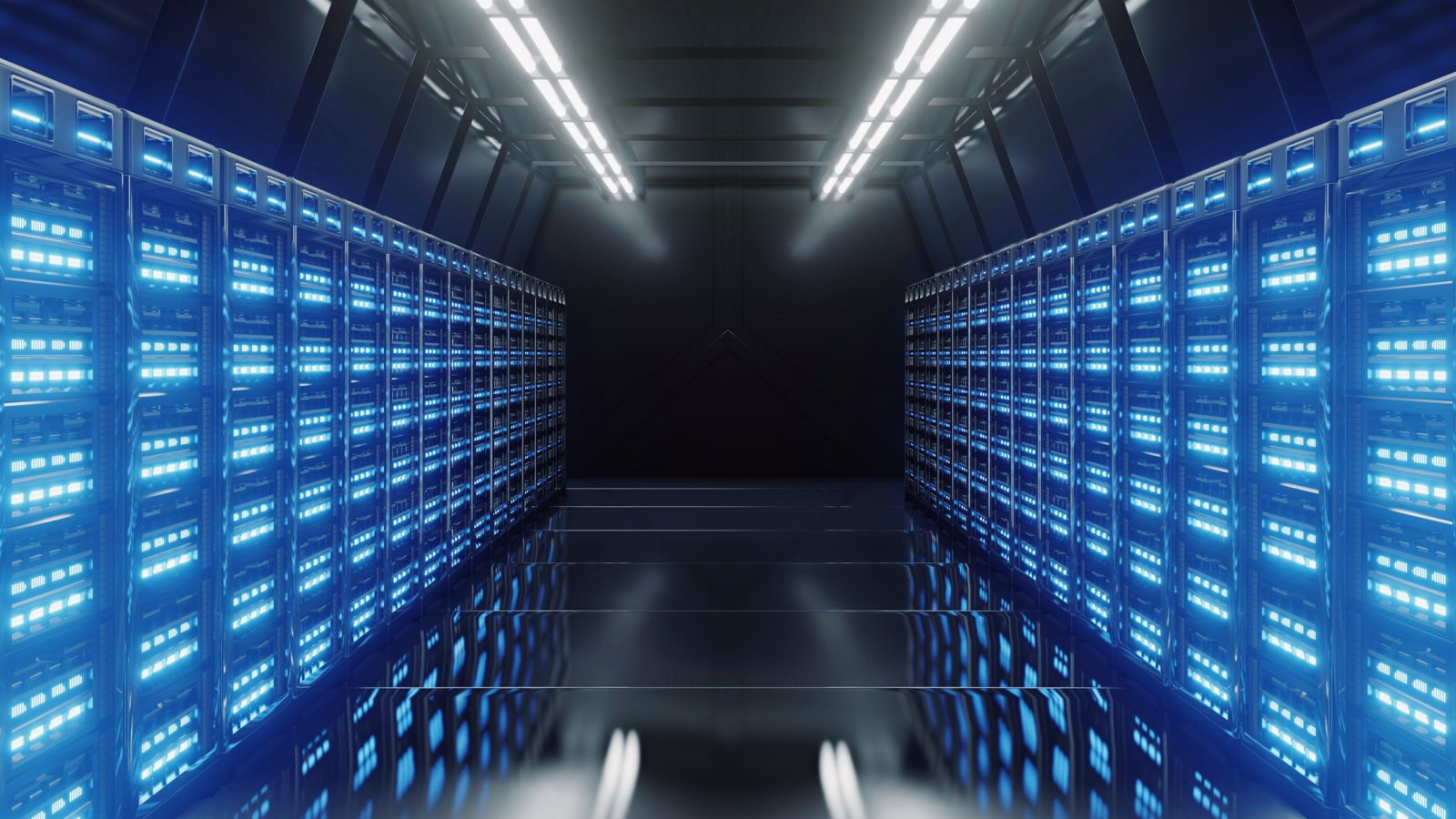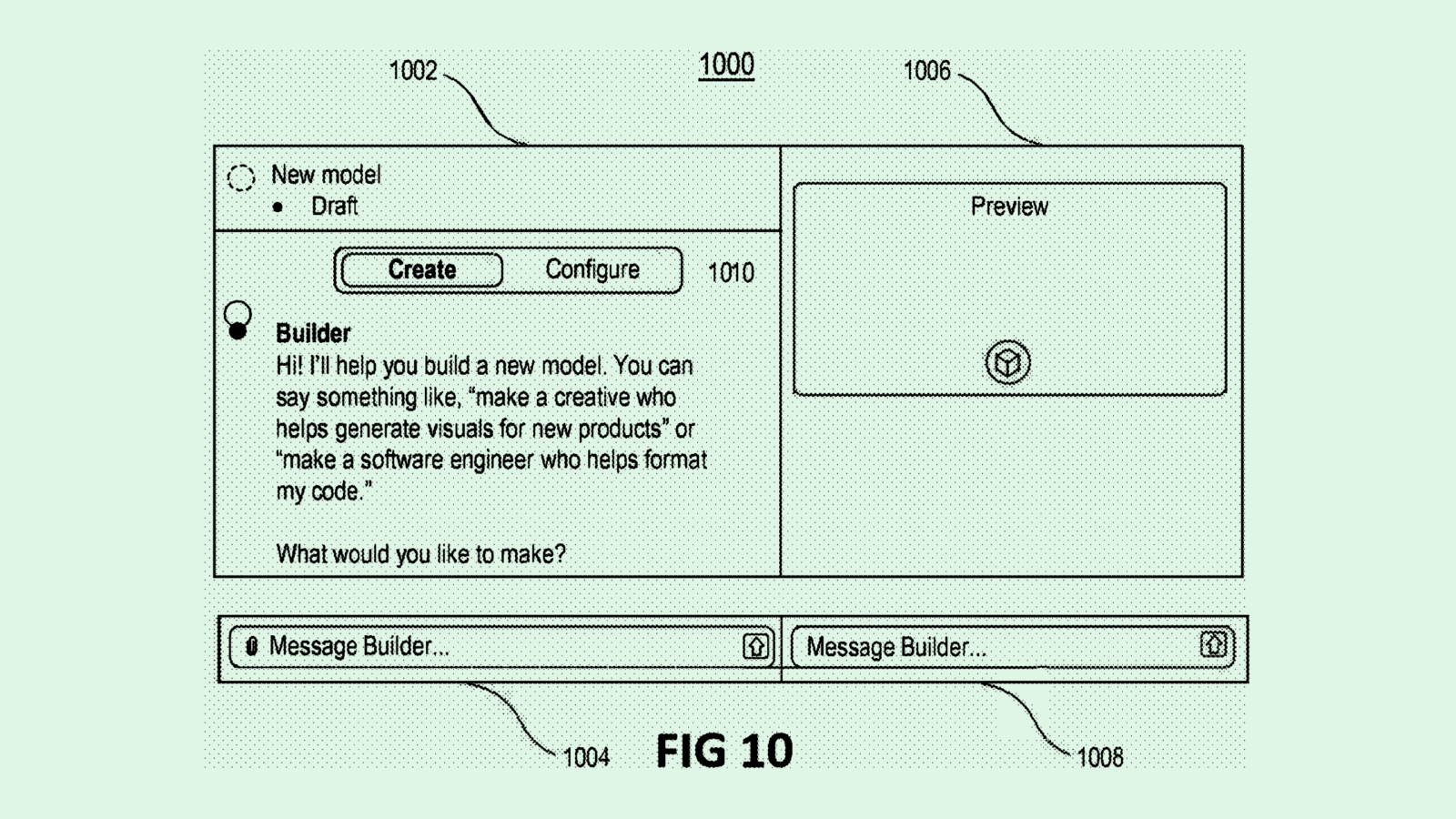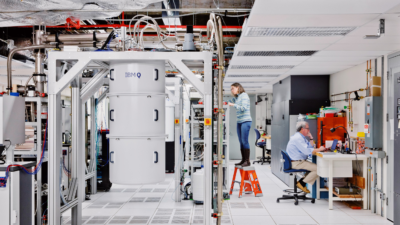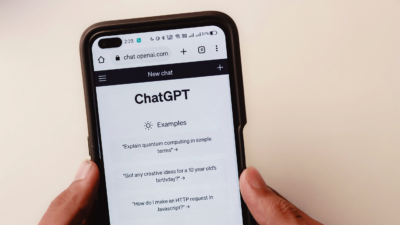Chipping Away at Big Tech’s Bottom Line
How much trade chaos can enterprises weather?
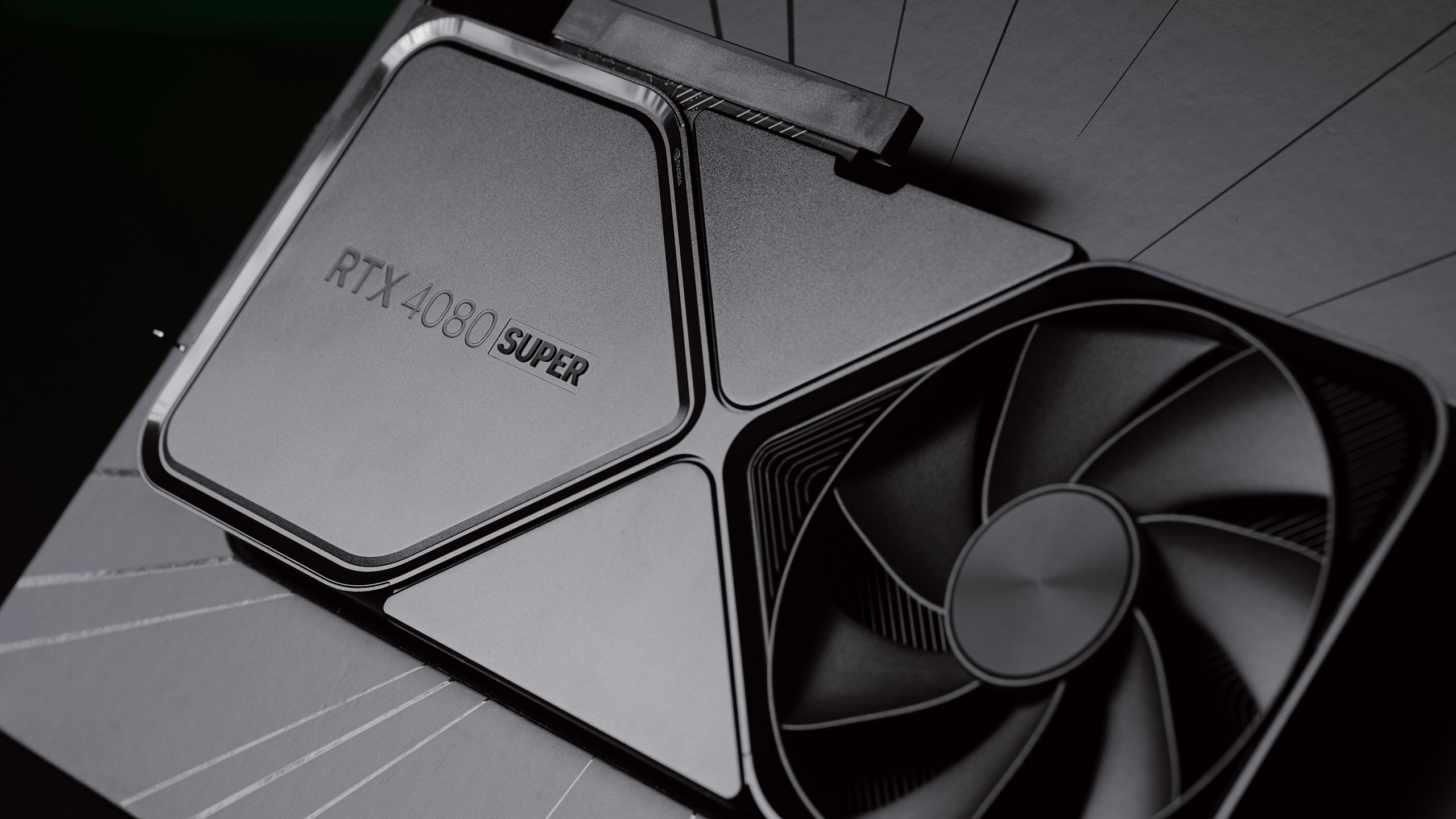
Sign up to get cutting-edge insights and deep dives into innovation and technology trends impacting CIOs and IT leaders.
The Trump administration’s export restrictions and tariffs have put AI chipmakers – and the tech industry as a whole – in a precarious position.
Major U.S. chipmakers said last week that they would incur millions of dollars in charges because of a new export restriction — a requirement that they obtain government licenses to ship certain computer chips to China, permits that companies have no assurance will be granted.
With the new requirements, AMD claimed it will incur charges of up to $800 million related to its MI308 products, and Nvidia claimed it will record $5.5 billion of charges in the first quarter related to its H20 AI chips. Intel will also reportedly require a license to export some of its advanced AI chips.
Restricting the export of Nvidia’s H20 chips may end up “becoming a self-inflicted setback if it remains in place for too long,” said Tejas Dessai, director of research at Global X ETFs. “Cutting China off from state-of-the-art chips could ultimately accelerate domestic innovation and create more formidable competition for Nvidia.”
While AI chips have gotten a reprieve from widespread tariffs, it’s only temporary: Commerce Secretary Howard Lutnick told ABC News last week that tariffs on semiconductors are coming in “probably a month or two.” Nvidia may already be preparing for the impact, announcing this week that it aims to build $500 billion in AI gear in the U.S. by 2029 with a host of other partners.
- “I think there will be some development that occurs in the US, but I think it will be measured, and it will adjust based on how policies in the US are adapted and take hold,” said Scott Bickley, advisory fellow at Info-Tech Research Group.
- And chips aren’t the only things that go into building AI. Other components will also face tariff-related cost increases that hyperscalers will simply have to eat, said Bickley.
- “While the cost of building a data center may go up 5% to 15% … at this point, I’m not really seeing the investment materially change from the hyperscalers,” said Bickley.
The big question remains: How much of this chaos can enterprises weather? Businesses may be able to handle a good deal of pressure from the shifting economic currents, said Dessai. “For now, our view is that they can absorb much more than the market currently anticipates so that they don’t lose their lead,” he added.
And with the risk of a slowdown, some companies may pick up the pace of their AI investments, rather than stomping on the brakes, he said.
Given the sheer amount of AI infrastructure that has either already been built or is in the near-term pipeline, even if “everything came to a screeching halt” in the next two quarters, “there’s more than enough capacity, and what happens is companies will pivot into efficiency and optimization mode,” said Bickley.
Many enterprises may start attempting to get more out of what they already have, he added, which will allow them time to wade through the “avalanche of advancements” that have been thrown at them.
“Digesting all of that is, I think, already a challenge for enterprises,” Bickley said. “While they might not say it, I think (enterprises) probably welcome a little bit of a slowdown.”

